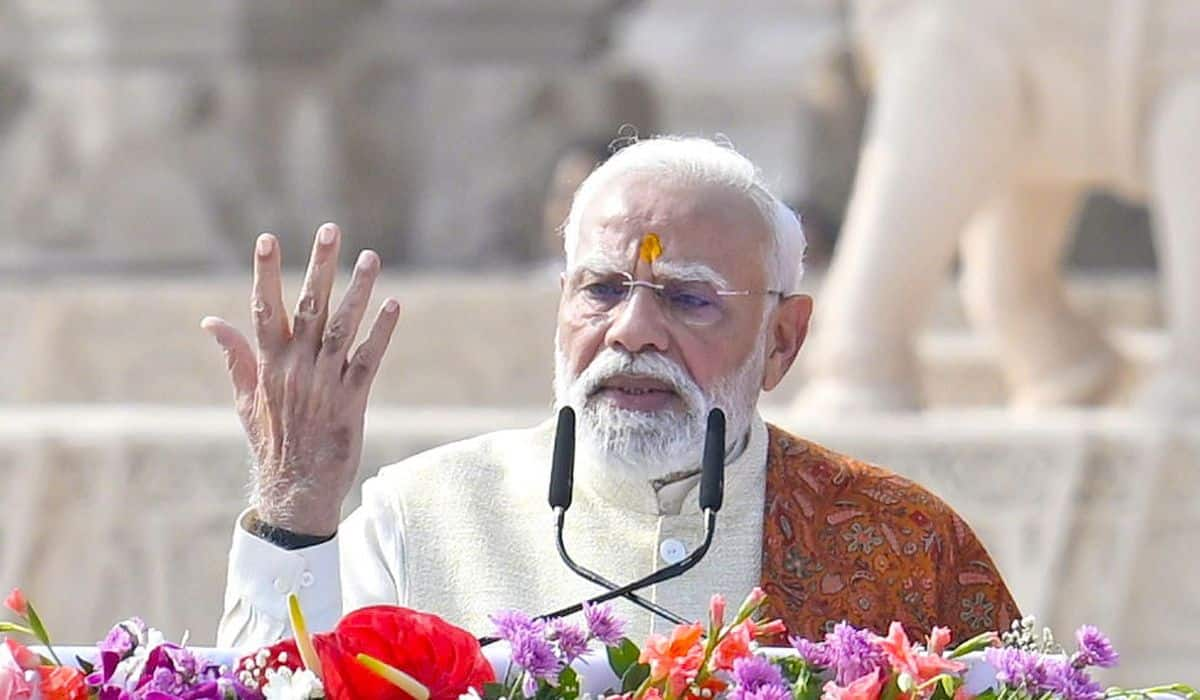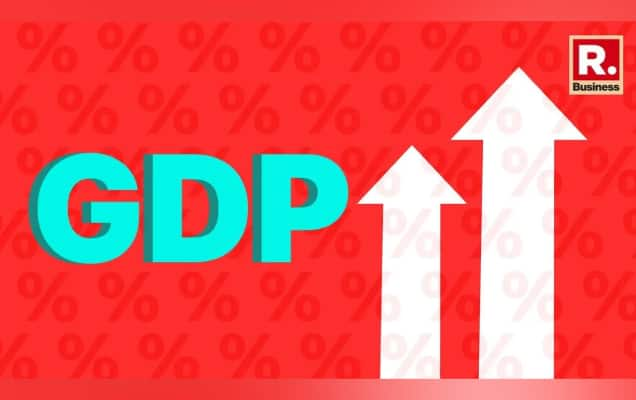|
S.No. |
Agreement/MoU |
Remarks |
|
1 |
Agreement between the Government of the Republic of India and the Government of the Republic of Korea for the Avoidance of Double Taxation and the Prevention of Fiscal Evasion with Respect to Taxes on Income |
India-Republic of Korea Double Taxation Avoidance Convention (signed 1985) has been revised with a view to avoiding the burden of double taxation on taxpayers in the two countries. |
|
2 |
India-Republic of Korea Agreement on Cooperation in Audio-Visual Co-Production |
The Agreement is being signed under the provisions of India-ROK CEPA; it would enable co-production of films, animation and broadcasting programmes. The Agreement would enable opportunities for collaboration between Indian and Korean film industries, and facilitate collaboration and exchange. |
|
3 |
MOU for Cooperation between the National Security Council Secretariat of the Republic of India and the Office of National Security of the Republic of Korea |
The MoU would formalize consultations between National Security Council structures of the two countries in a number of areas. |
|
4 |
MOU between the Ministry of Power of the Republic of India and the Ministry of Trade, Industry and Energy of the Republic of Korea concerning Cooperation in the field of Electric Power Development and New Energy Industries |
The MoU envisages cooperation in areas of electric power development and new energy industries such as renewable energy, smart grids and power information and technology, transmission and distribution of electric power, energy efficiency and storage system. |
|
5 |
MOU between the Ministry of Youth Affairs and Sports of the Republic of India and the Ministry of Gender Equality and Family of the Republic of Korea on Cooperation in Youth Matters |
The MoU will strengthen and encourage cooperation on youth matters through participation in events and activities through exchanges, international conferences, seminars, youth camps, festivals etc. |
|
6 |
Framework of Cooperation in the Field of Road Transport and Highways between the Ministry of Road Transport and Highways of the Republic of India and the Ministry of Land, Infrastructure and Transport of the Republic of Korea |
To be signed under the provisions of India-ROK CEPA, the FOC envisages cooperation in areas including road policies, design and construction, road operation, road management and safety, intelligent transport systems and electronic toll collection systems |
|
7 |
MOU between the Ministry of Shipping of the Republic of India and the Ministry of Oceans and Fisheries of the Republic of Korea on Cooperation in the Fields of Maritime Transport and Logistics |
The MoU envisages cooperation between the two countries in the fields of maritime transport and logistics including through sharing of technologies, information and experiences, the training of seafarers, exchange of experts and port operations etc |













